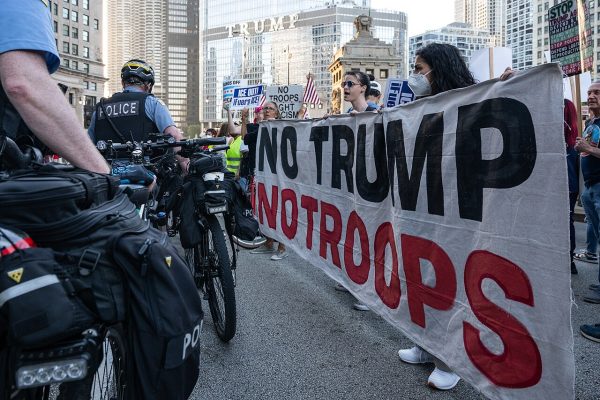Series Run Prompts Renewed Criticism of Chief Wahoo
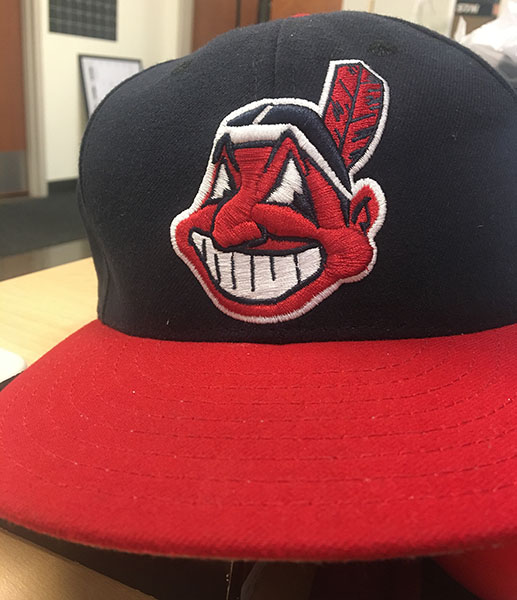
Offensive? Photo by Ben Connor.
For the past twenty years, social studies teacher Greg Deegan has gone to Progressive Field to protest the home opener of each baseball season.
Like many activists and commentators, Deegan objects to the Chief Wahoo mascot, which he views as a caricature offensive to Native Americans.
Deegan, who has a Master’s degree in federal Indian policy studies, has sometimes found protesting to be a lonely endeavor.
“There have been times when I have been the only one protesting, and that gets frustrating,” he said. “I am convinced this is the right position, especially for me, but there are some times when my activism seems hopeless.”
Deegan feels that many fans don’t take the issue seriously.
“I don’t think many people care,” he said. “People are either apathetic to it or even hostile to changing it,” he said. “If we truly valued trying to be respectful, changing a logo should be one of the easiest ways to show that.”
Chief Wahoo is thought to be inspired in part by the Native American Cleveland Spider player Louis Sockalexis. He was the first Native American to step on the baseball diamond in Major League Baseball.
Some argue that Chief Wahoo honors Sockalexis’ Native American heritage. But an increasing number of critics argue that the logo is offensive.
Plain Dealer Columnist Mark Naymik is one who has repeatedly argued that the Indians should drop Chief Wahoo, and that the emphasis on the block “C” is a “hollow gesture.”
Now, as the Indians move into their first world series since 1997, Chief Wahoo is getting a lot more attention.
On Monday, Oct 17, Canadian human rights activist Douglas Cardinal asked the Ontario Supreme Court to ban the use of Chief Wahoo as well as the team name, “Indians” while the team played in Canada. He also requested that Major League Baseball and Rogers Communications (the company that broadcasts the American League Conference Series) to broadcast the games without Wahoo or the name “Indians.”
Ontario Supreme Court Justice Tom McEwen dismissed the case.
“I give [Douglas Cardinal] credit for giving it a shot,” Deegan said. “I don’t really think it’s going to do anything.”
“He does highlight the issue,” Deegan added.
According to Deegan, the franchise is unlikely to drop Chief Wahoo because the team merchandise brings too much money into the organization. The team has used the Wahoo logo since the 1940’s, and it is featured on the majority of Indians merchandise.
“The incentive financially is to keep it the way it is. Messing with chief Wahoo only threatens to reduce the amount of money they can make,” Deegan said. “The company’s job, in this case the Cleveland Indians, is to make money; they’re not going to change it.”
“The Cleveland Indians are a private corporation,” he added. “The only thing to stop Chief Wahoo is going to have to be some sort of legal action.”
English teacher and head baseball coach Todd Butler is also a long-time fan of the Cleveland Indians.
“I love the Cleveland Indians, but I never wear Chief Wahoo.” Butler said. “It’s a caricature of a race of people, and I understand why it’s offensive.”
Although Deegan expressed these strong feelings toward Chief Wahoo, when asked if he would watch the next postseason game Indians game, he answered with a laugh.
“Oh yeah, I’ll watch the game.”
Deegan’s support for the Indians comes from his love for the city.
“I have been a diehard Cleveland sports fan for decades now, but my rooting for them is more now about rooting for the city of Cleveland to feel pride and success,” he said.
As for what’s going on with Cardinal and his recent attempts against Chief Wahoo, Butler thinks that the problem must be dealt with by Major League Baseball.
“I have mixed feelings on how Cardinal wants to ban it,” he said. “But I think that it’s a problem meant for the MLB and the Indians organization.”
Butler doesn’t feel changing or removing Wahoo will affect they way fans support the team.
“I feel that without Wahoo, people will still like the Indians,” he said.
Butler is glad that Cardinal’s case has brought attention to the subject on a global scale.
“It’s good that this is being brought up; it makes people aware of the discrimination the logo portrays,” he said.
Junior Darien Hersh feels that Chief Wahoo does more to honor than insult.
“I think the Chief Wahoo symbol is based off of a past Cleveland Indians player,” Hersh said. “It’s honoring that player rather than being racist.”
Now the Indians face the Chicago Cubs in the World Series. Both teams look to end more than 150 years of combined title drought.
At publication, Cleveland is ahead 2-0 in the fourth inning of game one at Progressive Field. By the end of the series, Chief Wahoo may come to represent a city’s championship.

Ben Connor has been a staff writer for The Beachcomber since the fall of 2016. Ben has played varsity football, basketball and baseball, and has been...




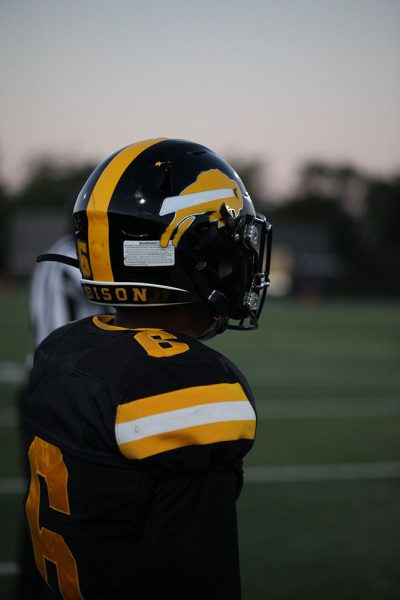
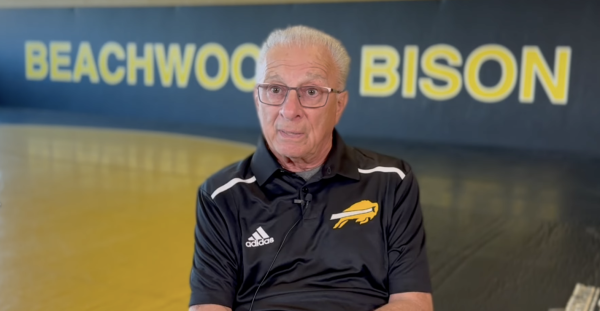

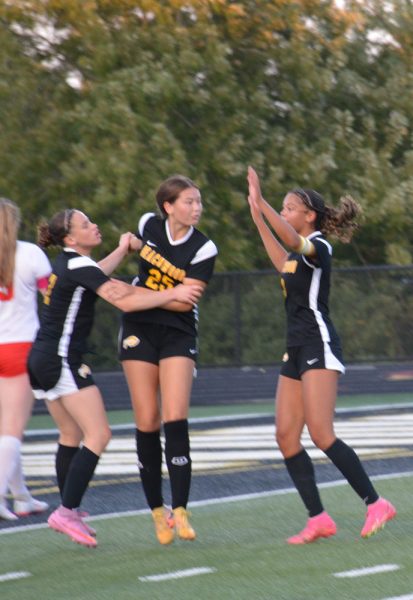
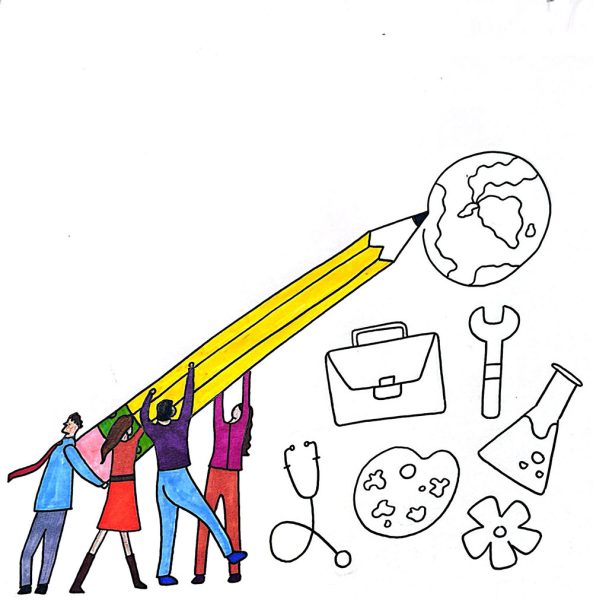
![“My parents have always said that education is important. My parents are Chinese immigrants, I'm Chinese American, [and that's a] value that has always been ingrained in our community,” said Senior Lyndia Zheng, pictured with Tony Zheng](https://bcomber.org/wp-content/uploads/2025/10/DSC_4244-600x400.jpg)

